As the calendar flips to another Fiscal Year, I want to take a few minutes to review the first year of Pennsylvania’s Historic Preservation Tax Credit and present the first 15 projects to receive historic tax credits in Pennsylvania.
Many people in the preservation and economic development community believed that a historic tax credit program in Pennsylvania was an unattainable dream until Pennsylvania became the 30th state in the country to offer a state historic tax credit on July 2, 2012. As marathon-like efforts to establish this economic development tool began in 1996 under former State representative Tom Tangretti, D-Northampton and was finished by Senator Lloyd Smucker, R-Lancaster and Robert Freeman, D-Northampton, a single year to implement the program guidelines and application process seemed like a 100-yard dash!
On May 1, 2014, the Department of Community and Economic Development (DCED) received 34 applications for the inaugural application round of the program. The applications were reviewed by PHMC staff to ensure that applicants owned qualified historic buildings and that proposed rehabilitation plans met the Secretary of the Interior’s Standards for Rehabilitation. As the qualified applications far exceed the limited $3 million in available credits, DCED used a fair and balanced selection process based on a first -come, first serve basis with regional distribution to select the first round of projects.
To understand the potential economic impact of these 34 proposed projects, here is a general overview of the first round of applications:
- The applicants requested a total of $13,533,697 in tax credits for projects with the 34 projects representing an estimated $489,087,402 of construction expenditures of which will generate local and state taxes through payroll, material purchases, real estate taxes and other revenue streams that would offset the $3 million in state tax credits.
- There was broad regional distribution as all five regions submitted enough applications to utilize a full $500,000 allocation (10 in SE PA, 4 in NE PA, 8 in Central PA, 9 in SW PA and 3 in NW PA)
- Ultimately, 15 projects in 10 counties received tax credits with building types ranging from a church, schools, mid-century modern apartment complexes, Masonic hall, tobacco warehouse, shoe factory and central business district commercial buildings
Here is a list of the historic buildings that received the first $3 million in Pennsylvania’s Historic Preservation Tax Credits arranged by region:
Southeast Region
| Historic Building | Municipality | County | Tax Credit Award |
|---|---|---|---|
| St. Peter’s Episcopal Church of Germantown | Philadelphia | Philadelphia | $250,000 |
| Liberty Title and Trust Company, 101 N. Broad | Philadelphia | Philadelphia | $250,000 |
| Parke Towne Place Apartments | Philadelphia | Philadelphia | $157,974 |
Northeast Region
| Historic Building | Municipality | County | Tax Credit Award |
|---|---|---|---|
| Curtis and Jones Shoe Company, 702 N. 8th St. | Reading | Berks | $250,000 |
| Miner’s Bank Building, 8-18 W. Market Street | Wilkes-Barre | Luzerne | $250,000 |
| North Scranton Jr. High School, 1539 N. Main | Scranton | Lackawanna | $157,974 |
- The North Scranton Jr. High School, built between 1922 and 1924, was listed in the National Register of Historic Places in 1999 prior to its rehabilitation using the rehabilitation tax credits.
Central Region
| Historic Building | Municipality | County | Tax Credit Award |
|---|---|---|---|
| Keppel Building 323 N. Queen Street | Lancaster | Lancaster | $250,000 |
| Seel Building, 319 Market Street | Harrisburg | Dauphin | $178,177 |
| Casanave Building, 1211-15 11th Street | Altoona | Blair | $97,901 |
Southwest Region
| Historic Building | Municipality | County | Tax Credit Award |
|---|---|---|---|
| Bonn Building, 713 Penn Avenue | Pittsburgh | Allegheny | $250,000 |
| Masonic Hall, 32-44 W. North Avenue | Pittsburgh | Allegheny | $250,000 |
| Connelly School, 1435 Bedford Avenue | Pittsburgh | Allegheny | $157,974 |
Northwest Region
| Historic Building | Municipality | County | Tax Credit Award |
|---|---|---|---|
| CF Adams Building, 101 E. 6th Street | Erie | Erie | $369,015 |
| 306 Second Avenue/209 Liberty Street | Warren | Warren | $117,000 |
| Dickson Tavern, 201 French Street | Erie | Erie | $13,895 |
Comment Policy
PHMC welcomes and encourages topic-related comments on this blog. PHMC reserves the right to remove comments that in PHMC’s discretion do not follow participation guidelines.
Commenters and Comments shall be related to the blog post topic and respectful of others who use this site.
Commenters and Comments shall not: use language that is offensive, inflammatory or provocative (this includes, but is not limited to, using profanity, obscene, or vulgar comments); disparage other commenters or people; condone illegal activity; identify the location of known or suspected archeological sites; post personal information in comments such as addresses, phone numbers, e-mail addresses or other contact details, which may relate to you or other individuals; impersonate or falsely claim to represent a person or an organization; make any commercial endorsement or promotion of any product, service or publication.
If you would like to comment on other topics not related to this blog post but related to PHMC, please fill out the PHMC Contact Us Form.
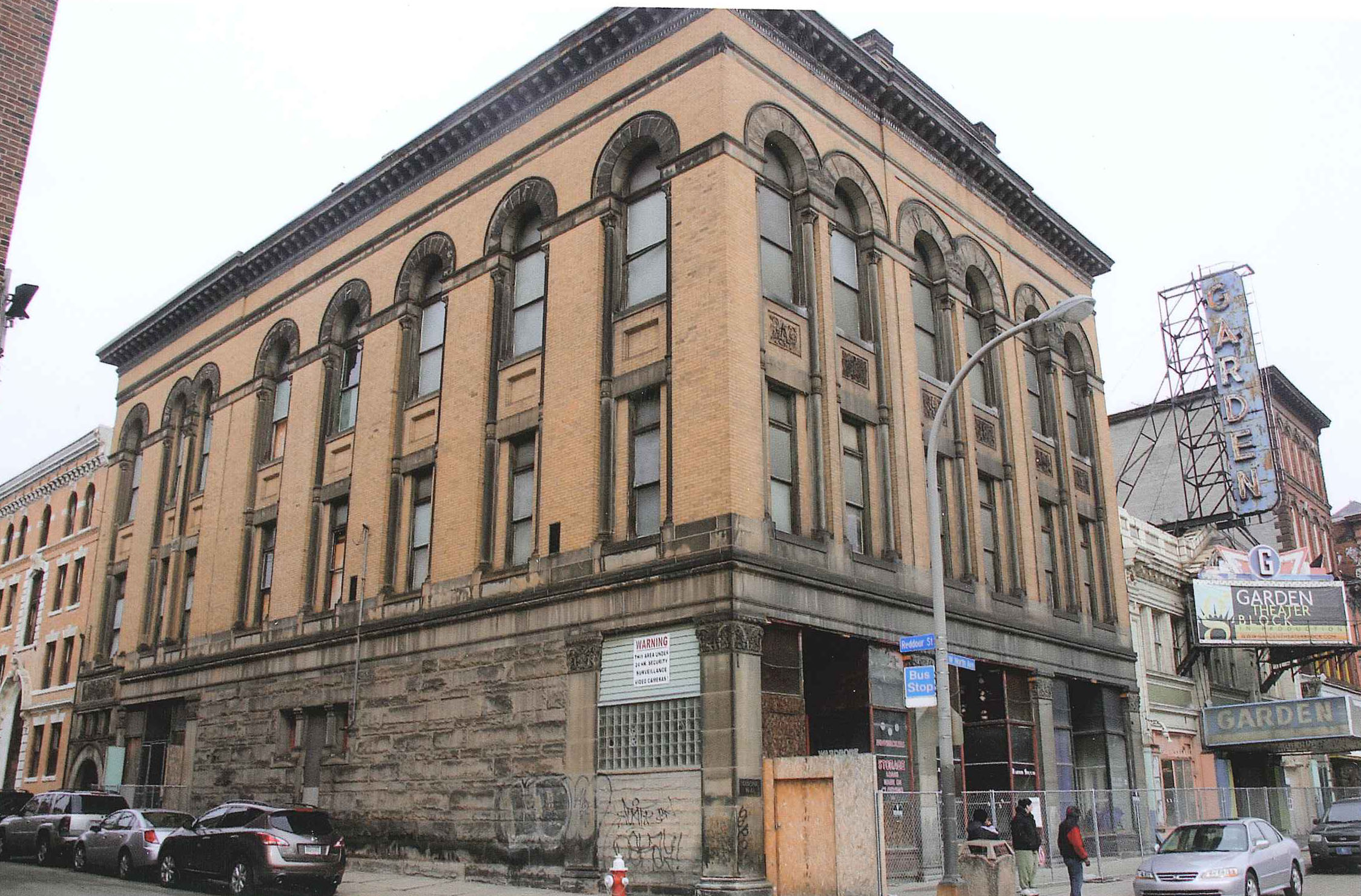

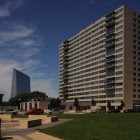
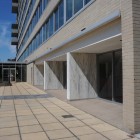
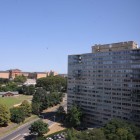
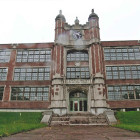
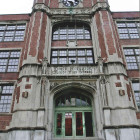
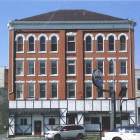
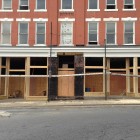
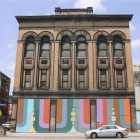
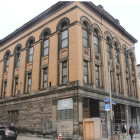
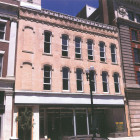

Leave a Reply